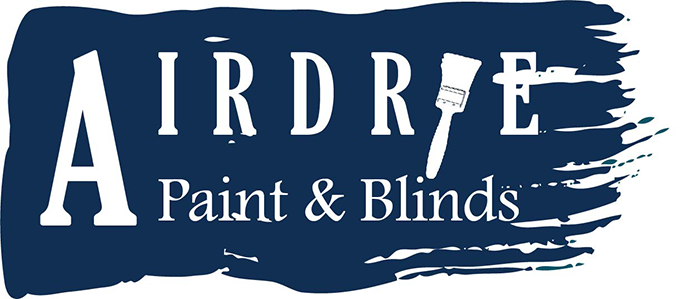One question we get on a regular basis is “what is the difference between paint and primer”. In an age where pretty much every residential product is a paint and primer in one, it is a very good question.
The basic difference between paint and primer is that paint is typically made up of resins pigments whereas primers are resins. The primer’s basic function is to provide a sealed and stable surface for your topcoat (paint) and the resins contained in primers seal porous surfaces and provide that bond to the surface.
Paints contain pigments, which allows for better hide and give paints it’s durability and washability. High quality paints like Benjamin Moore use a high amount of the white pigment Titanium Dioxide, which is why our products look better, spread farther and last longer. Lesser quality products “cheat” and replace the Titanium Dioxide with a filler, typically Talc, making it not only less durable but because its a less expensive ingredient, the product has a lower price tag.
Back to primers, in addition to bonding and sealing, they also serve as problem solvers. Knowing that its purpose is to create a stable surface for your topcoat, it is obvious that “one size fits all” approach to primers just can’t work. Substrates have different characteristics and properties. For example, wood has knocks and tannins, metal – galvanized metal because of the chemistry typically require a specific chemical formulation to ensure adhesion, and super smooth surfaces like lacquers or urethane coated surfaces require other formulations. Don’t even get me started on some wood projects…they could need two products…one to seal knots and tannins and another to create adhesion.
I am sure that many think it’s just us trying to sell them another product when we recommend a primer but really what we are trying to do is give you what you need for success. I actually cringe when I hear “I need a paint and primer in one because I am going to…” questions. Nine times out of ten times their project requires a different type of primer…when we make the suggestion you can see they think the added cost is us up-selling them. Belief me…that is the last thing we try to do.
You come to Benjamin Moore because we are experts in the paint industry. We don’t always know all the answers but we have access to them. We are backed by a team of experts with decades of experience, a team of scientists and chemists who understand the chemical formulations and reactions and the actual people who manufacture the products.
Advertising, typically from the Big Box stores, has led many to believe that paint and primer is a one size fits all deal [and that economy equals quality]. How could one expect a single product to address all of these conditions?
My hope is the consumers, after reading this, will recognize that with so many different substrates out there and so many different types of primers and formulas that they will seek out a professionals advice on what will work best for their specific needs and avoid that project pitfalls on the all in one approach!
[Side rant} And for goodness sake, buyer-beware, paint like everything else – you get what you pay for. You can get a fast food burger or a pub burger – both are hamburgers – but the pub burger at the higher price is made with better ingredients, tastes better and I’d even suggest satisfies better. Paint is the same way…for a few dollars more per gallon you can get a product that is more washable, durable, has more vibrant colour, sheen stays true longer and the product spread rate is better.
